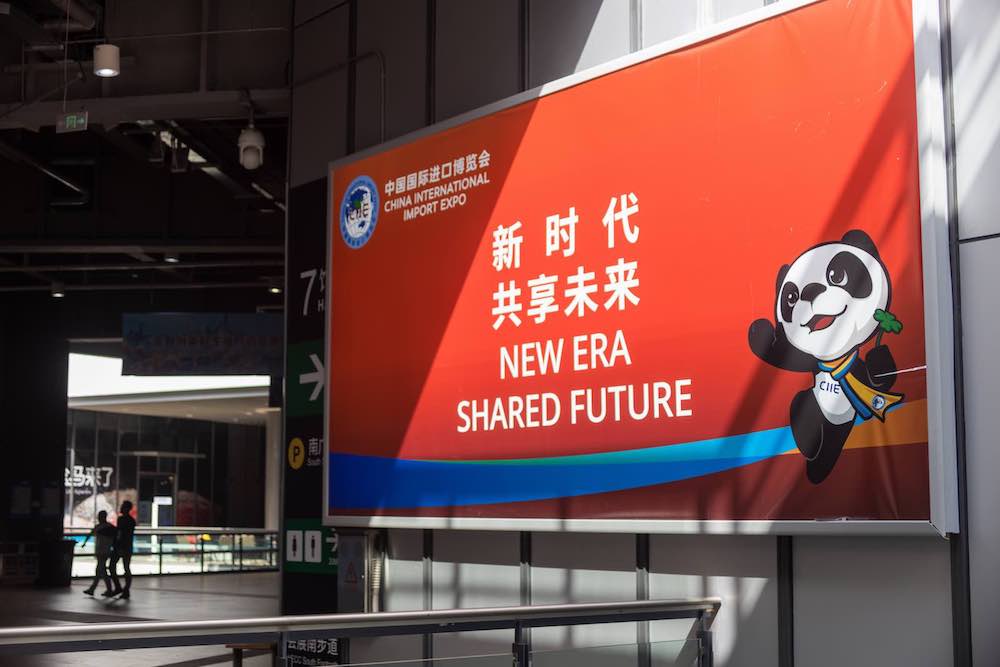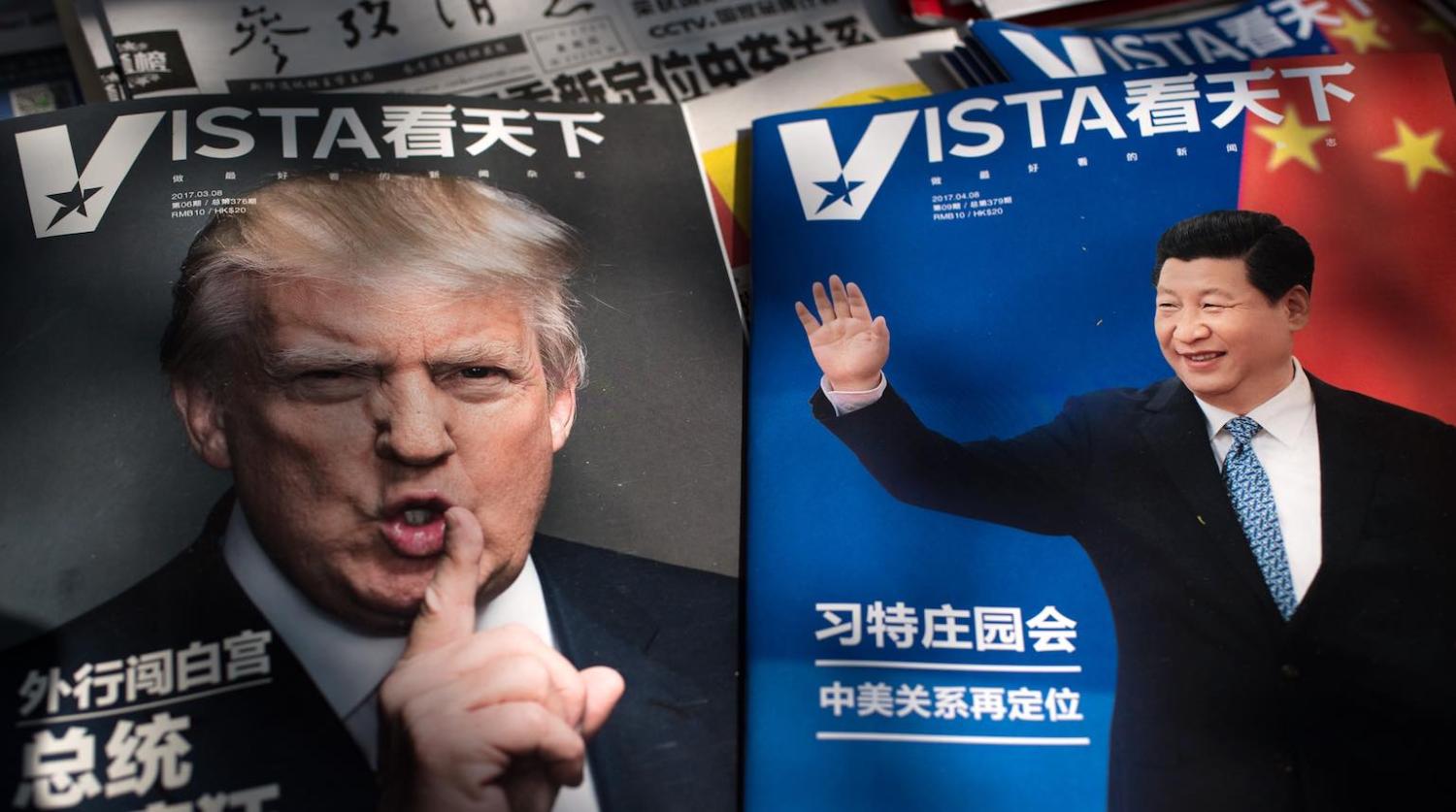From Beijing's perspective, political influence operations are at least as important as military operations, if not more so. Although the People’s Liberation Army’s (PLA) military modernisation programs have been at the centre of attention for decades, China's influence operations have only recently begun to be scrutinised. It is easy enough to understand why. Policymakers can easily point to an adversary’s growing military capabilities in order to raise public awareness, highlight the potential danger posed to the nation’s security, and rally their constituents around the need to provide adequate means to address the challenge. By contrast, the potentially devastating effects of influence operations – and even their very existence – cannot be easily visualised. In the case of China, influence operations are also wrapped in mystifying terminology such as “magic weapons” and “united front”, which can be dismissed either as witchcraft or as the exclusive preoccupation of a coterie of obsessive Sinologists.
To help grasp the nature of the challenge at hand, it may be useful to think of China's influence strategy as very similar to its so-called “anti-access, area denial” strategy – in other words, what the Chinese Communist Party is trying to achieve with influence operations in the realm of ideas is similar to what it aims to accomplish in the military domain.
What has come to be referred to in the West as China’s “A2/AD strategy” first appeared two decades ago under the name “active strategic counterattack on exterior lines”. It aims to prevent or constrict the deployment of an opponent’s forces into a given theatre of operations and to limit their freedom to manoeuvre once they are present. Against an adversary that approaches China’s territory, the PLA intends to “strike first, strike deep, hit hard” at the furthest possible distance from the mainland, targeting not only the enemy’s forces in the theatre, but also its supporting command, control, and logistical infrastructure. It is essentially part of a “vision for how to overcome weakness” against a numerically or technologically superior enemy.
Words are not merely instruments of communication used to facilitate exchanges and discussions; they convey concepts, ideals, and values that are the foundation for the norms on which the international architecture is constructed and thus determine how the world order is run. In sum: Whoever rules the words rules the world.
The same strategic framework explains how Chinese elites think about the global struggle for influence. Here, the hostile forces are not heavily armed soldiers threatening to attack China’s territory, but liberal democratic ideals and their corollaries – constitutional democracy, universal values, individual rights, economic liberalism, free media – which have been identified by the CCP as deadly “perils.” For the one party-state, the West’s promotion of liberal democracy is part of an ideological struggle led by an adversary that is still vastly superior, a situation that Chinese strategists describe as xiqiang woruo (“the West is strong, while China is weak”).
In the battle for influence, the power discrepancy is not so much technological as it is about an imbalance in “discourse power”. In China’s evolving strategic lexicon, this term refers to the ability not only to articulate attractive ideas, but also to be listened to, to influence others’ perceptions, and eventually to shape the international conversation. Beijing believes the West has used its power in this domain to dominate the international system and the world order. Words are not merely instruments of communication used to facilitate exchanges and discussions; they convey concepts, ideals, and values that are the foundation for the norms on which the international architecture is constructed and thus determine how the world order is run. In sum: Whoever rules the words rules the world. In the eyes of the CCP, the West’s superior discourse power is an existential threat more imminent than the remote possibility of a foreign military invasion.
Against the West’s post–Cold War “discourse offensive,” the Chinese leadership has established a layered defence, starting with the protection of its domestic perimeter, incrementally extending outwards. It first tried to prevent or constrict the inward flow of liberal democratic values and ideals within its territory: by building a Great Firewall around China’s cyberspace and strengthening party control over domestic media and information circulation. The CCP has also intensified domestic propaganda and “patriotic education” to inoculate its people against dangerous ideas that might slip through the first line of defence.
Recently, the party has also stepped up its long-standing control of Chinese communities abroad, which the CCP considers as the “sons and daughters” of the Chinese nation, no matter where they live. Several tools of control have been employed, including physical surveillance and regular compulsory checks with Chinese embassy officials, the creation by the party-state of overseas Chinese friendship, reunification, and students associations (and incremental subversion of older associative groupings), the purchase of overseas Chinese-language media outlets, and the surveillance, censorship, and control of information disseminated on social media platforms such as WeChat. The purpose of all these activities is to limit the expansion and possible propagation of what the party considers to be subversive ideas.

As the CCP continues to defend against, in its view, nefarious foreign attempts to infiltrate its domestic space, it has also begun to shift into counterattack mode, targeting audiences outside of the Chinese diaspora, striking deeper into the adversary’s territory, and hitting hard.
This has taken the shape of attempts to “properly disseminate China’s voice” and to influence foreign perceptions of China’s rise as non-threatening, usually by claiming that “peace has been in the blood of us Chinese and a part of our DNA” and that China “will never seek hegemony”. In addition to efforts to dispel criticism of the CCP’s model of political and economic governance and of its human rights abuses, the party-state is actively targeting foreign media, academia and business communities through the deployment of front organisations whose main purpose is the co-option of foreigners in support of Beijing’s strategic objectives.
The counter response also takes the form of retaliation against those who might threaten the party-state’s core interests. The suspension of NBA games in China after the Houston Rockets manager showed support for anti-government protests in Hong Kong on Twitter and a lawsuit filed against a French researcher who commented on Huawei are recent examples of “hit hard” counterattacks on exterior lines.
As it implements anti-access strategies to prevent foreign ideas from penetrating its domestic perimeter, the CCP is also trying to deny the West’s ability to spread its discourse globally. Most recently, the party-state has initiated the next phase in its ideational counteroffensive, specifically aiming at the command and control centre of Western discourse power – i.e., the institutions and norms that support the existing international order. The CCP’s rejection of universal values as enshrined in the Charter of the United Nations and the Universal Declaration of Human Rights is not a mere principled stance. The Chinese government’s efforts to ensconce its concepts in UN resolutions, as well as its promotion of the “right to development” as transcending all other rights and of the Belt and Road Initiative as synergistic with the 2030 Sustainable Development Goals agenda, target the foundations of the existing international order. Denying the absolute precedence of individual rights weakens the case for spreading and defending freedom of expression, freedom of religion, and freedom to trade, to peacefully assemble, to access information, or to choose one’s government.
When, a decade ago, China started to behave more assertively in its surrounding maritime domain, some commentators pointed to the supposed lack of coordination among the “nine dragons stirring up the sea” (the Chinese government agencies dealing with the South China Sea). Scholars dissected at length what they described as the “assertiveness meme”, alerting Western policymakers to the potential for intensified security dilemmas and strategic rivalries if this “meme” were taken seriously. Other observers cautioned that “the United States should not exaggerate the significance of a rivalry over claims to a few hundred mostly uninhabited small islands, rocks and atolls.”
Ten years after Beijing gave the first hints of its ambitions, it has now become clear that “China, not the United States, would control the sea and airspace of the South China Sea at the outbreak of hostilities thanks to its artificial island bases”. China’s anti-access strategy in the maritime domain has significantly, and perhaps irreversibly, constricted the US military’s freedom to manoeuvre and to act in the East Asian theatre. Underestimating China’s global influence strategy similarly risks permitting a drastic limitation in the future ability of the United States to project its discourse power, promote liberal democratic ideals on the global stage, and perpetuate the existing international order.

